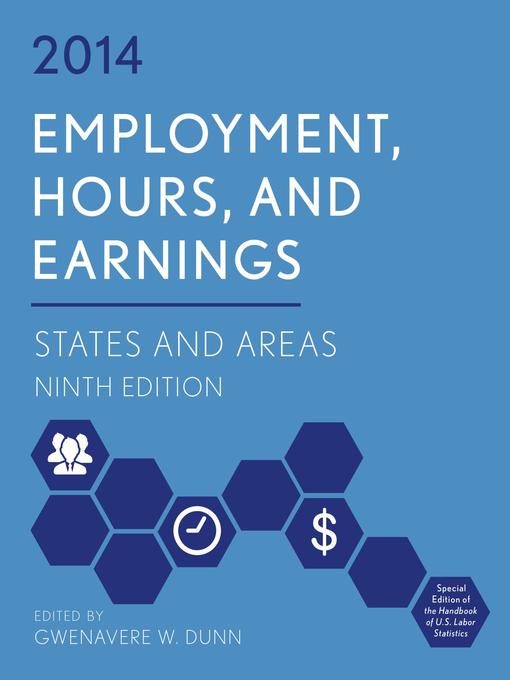This edition features:
The employment, hours, and earnings data in this publication provide a detailed and timely picture of the fifty states, the District of Columbia, and the nation's seventy-five largest MSAs. These data can be used to analyze key factors affecting state and local economies and to compare national cyclical trends to local-level economic activity.
This reference is an excellent source of information for analysts in both the public and private sectors. Readers who are involved in public policy can use these data to determine the health of the economy, to clearly identify which sectors are growing and which are declining, and to determine the need for federal assistance. State and local jurisdictions can use the data to determine the need for services, including training and unemployment assistance, and for planning and budgetary purposes. In addition, the data can be used to forecast tax revenue. In private industry, the data can be used by business owners to compare their business to the economy as a whole; and to identify suitable areas when making decisions about plant locations, wholesale and retail trade outlets, and for locating a particular sector base.

